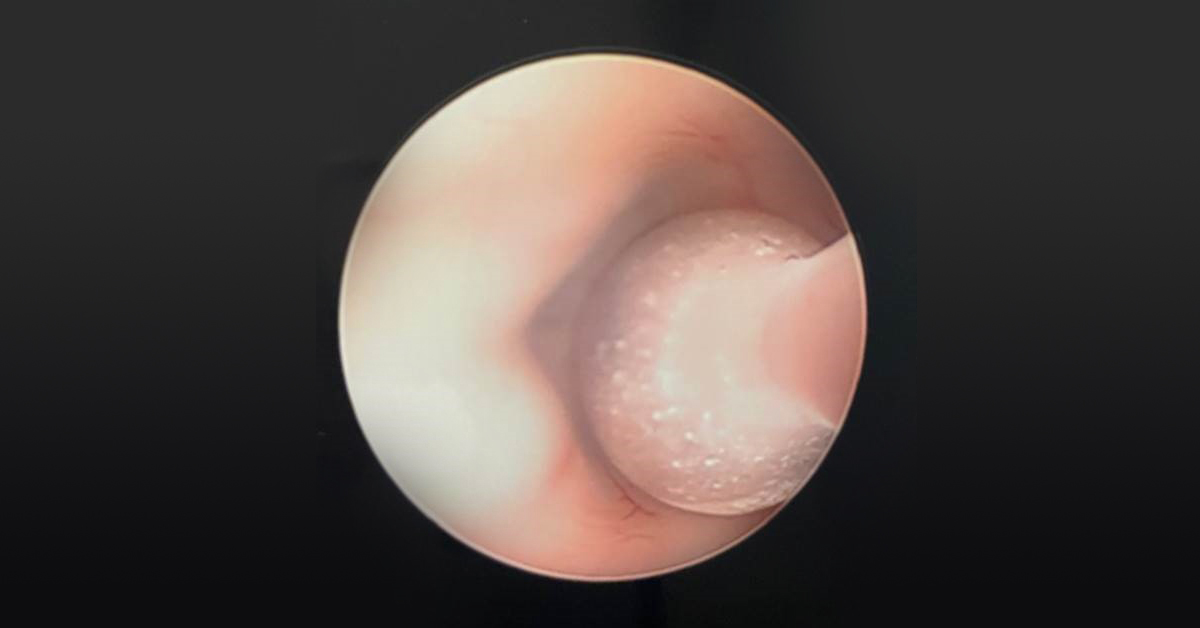
Hydrocephalus, or extra fluid in the brain, is a dangerous, potentially life-threatening condition.
Dr. Jack Leschke, a neurological surgeon with BayCare Clinic Neurological Surgeons, offers endoscopic third ventriculostomy, or ETV, an alternative technique for treating a blockage that causes hydrocephalus. Leschke treats adults.
Aqueductal stenosis prevents cerebrospinal fluid from draining from the brain, resulting in hydrocephalus and putting too much pressure on the brain. Hydrocephalus can be fatal if left untreated.
“During an ETV procedure, cameras guide us deep into the brain as we work to create a small hole in the floor of the third ventricle in the brain. We inflate a small balloon to dilate the hole and help relieve the fluid-induced pressure,” Leschke says. “The fluid is reabsorbed elsewhere in the body. This is specialized technology that’s often performed at large, academic medical centers or pediatric hospitals.
“We have the ability to safely offer this treatment option right here, in northeastern Wisconsin.”
Treatment for hydrocephalus traditionally involves surgery to implant a shunt, a flexible tube, to divert the excess fluid out of the brain.
There are several benefits to and indications for the ETV procedure, Leschke says.
“With ETV, we aren’t implanting any devices into the body,” he says. “Patients generally feel less discomfort, experience a lower infection rate and lower long-term complication rate and spend less time in the hospital.”